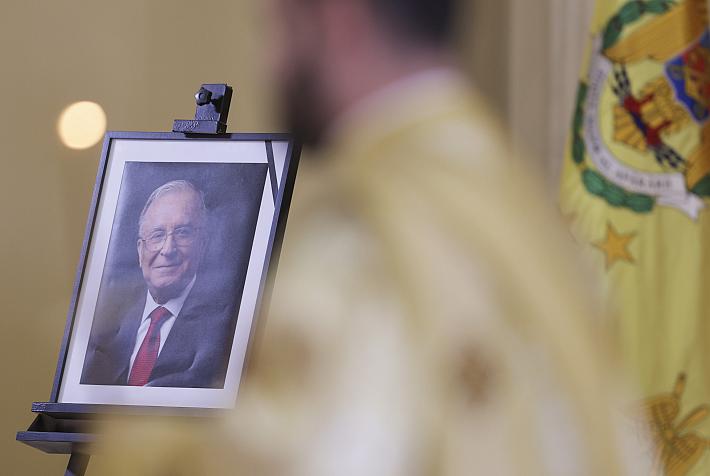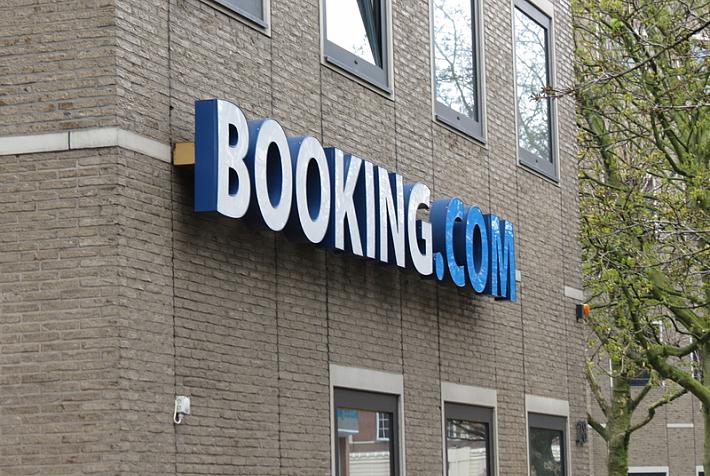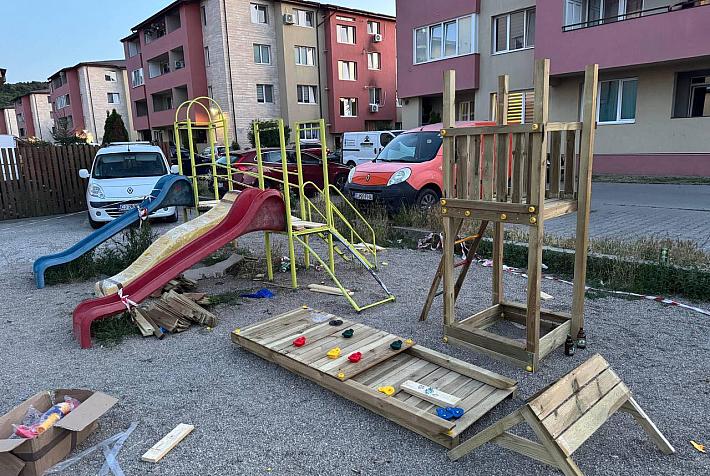Romania is close to the bottom of the league for golf courses in Eastern Europe

Romania has only five golf courses in the entire country and about 500 affiliated players which makes it one of the countries in Eastern Europe where this sport is least developed, according to consultancy firm KPMG.
“Due to the lack of facilities, the number of registered players in the Romanian Golf Association is not a true reflection of the market’s potential. When we look at our neighboring countries, Romania is close to bottom of the league table in terms of golf courses. We are, of course, a long way behind the Czech Republic with its 96 courses (and 55,000 affiliated players – e.n.), but we also do badly compared with Poland, which has 27 courses and 3,000 affiliated players, Hungary, which has 15 courses and 1,400 players, and Bulgaria, which has seven golf courses and 640 players,” Richard Perrin, Partner Advisory at KPMG Romania said.
This makes Romania poorly prepared for the growth in tourism that is estimated for the Central and Eastern Europe (CEE) in the following years. The World Trade Organization predicts that by the year 2020 nearly one in three visitors to Europe will choose a CEE destination and golf tourists are always looking for new places to visit.
According to Economic Research Associates, a London based tourism advisory firm, the types of tourists most attracted to golf are also keen on combining sport with culture and heritage, which Romania has in abundance, and which is still largely undiscovered.
However, due to lack of courses in Romania, local players and companies which organize events tend to go abroad. For example, KPMG Romania says they are organizing their first golf tournament in Bulgaria at Balchik. Bulgaria, on the other hand, is one of the new emerging golf tourism hot spots of Europe, according to the Big 4 firm.
According to a KPMG study, Golf Course Development Cost Survey 2014 in Europe, the Middle East and Africa, all respondents achieved a premium on the sale price of real estate units which were associated with golf courses. “Close to half the respondents with an integrated real estate development estimated this premium to be more than 20 percent in comparison to the sale price of a similar real estate unit in the neighborhood but without the golf course connection. In addition to the expected profitability associated with sales of real estate units, over two thirds of respondents expected the golf course to provide a satisfactory return on investment in its own right as well,” Richard Perrin explained.
According to the same KPMG study, assuming that the investor can obtain the land on concession, it could cost around EUR 12 million to develop a high quality 18-holes golf course, including a conference facility, restaurant and bars, 12 chalets, spa and recreational activities.
Andrei Chirileasa, andrei@romania-insider.com











